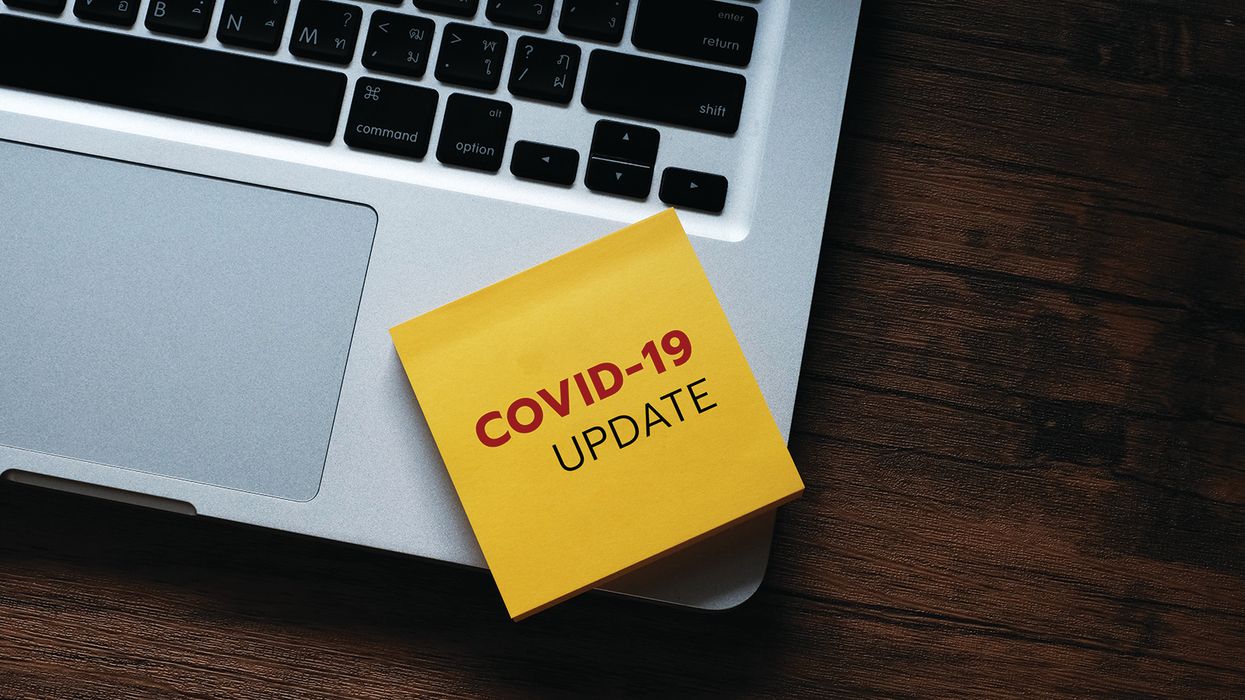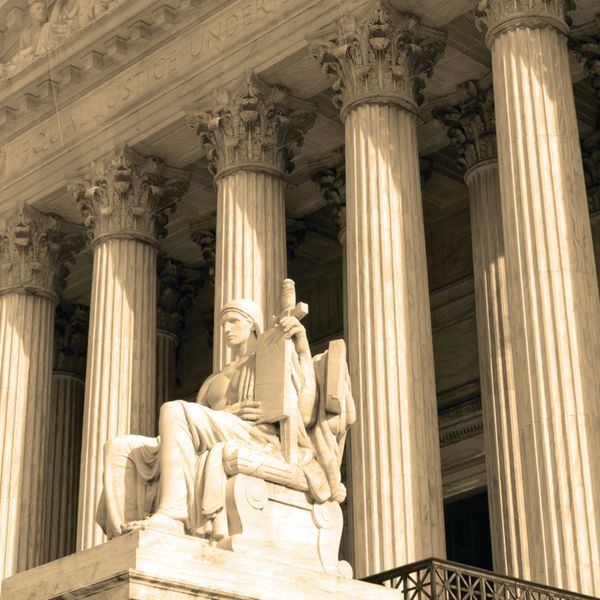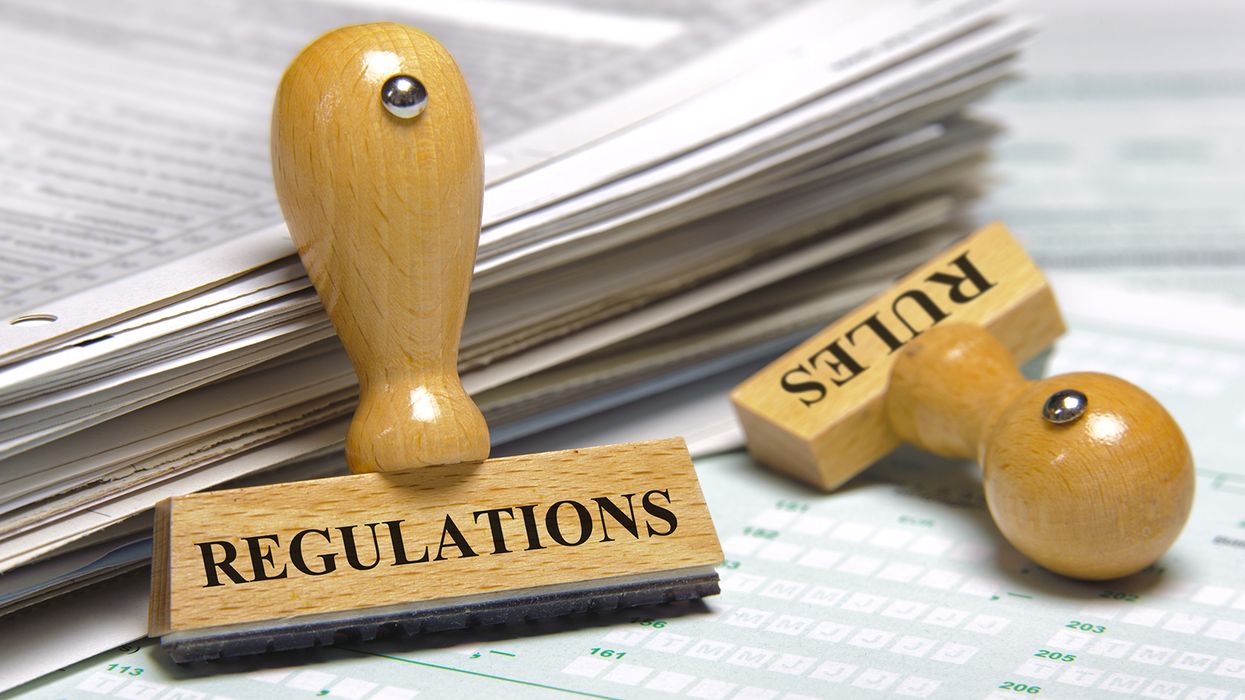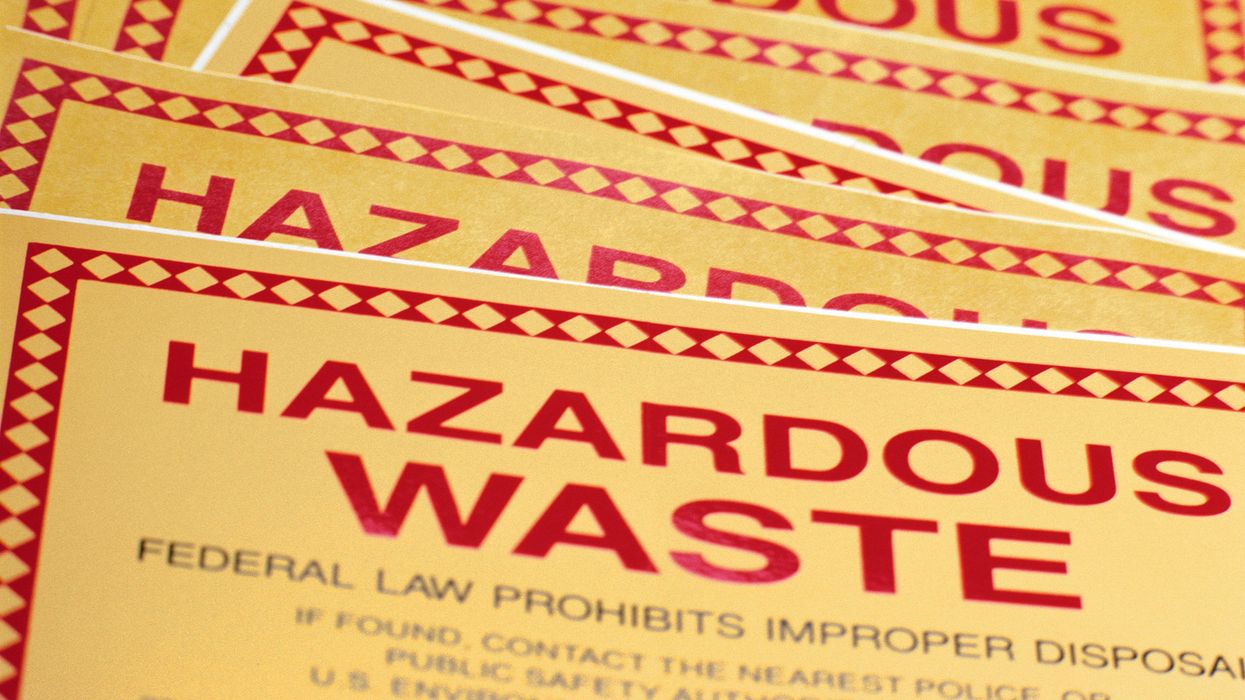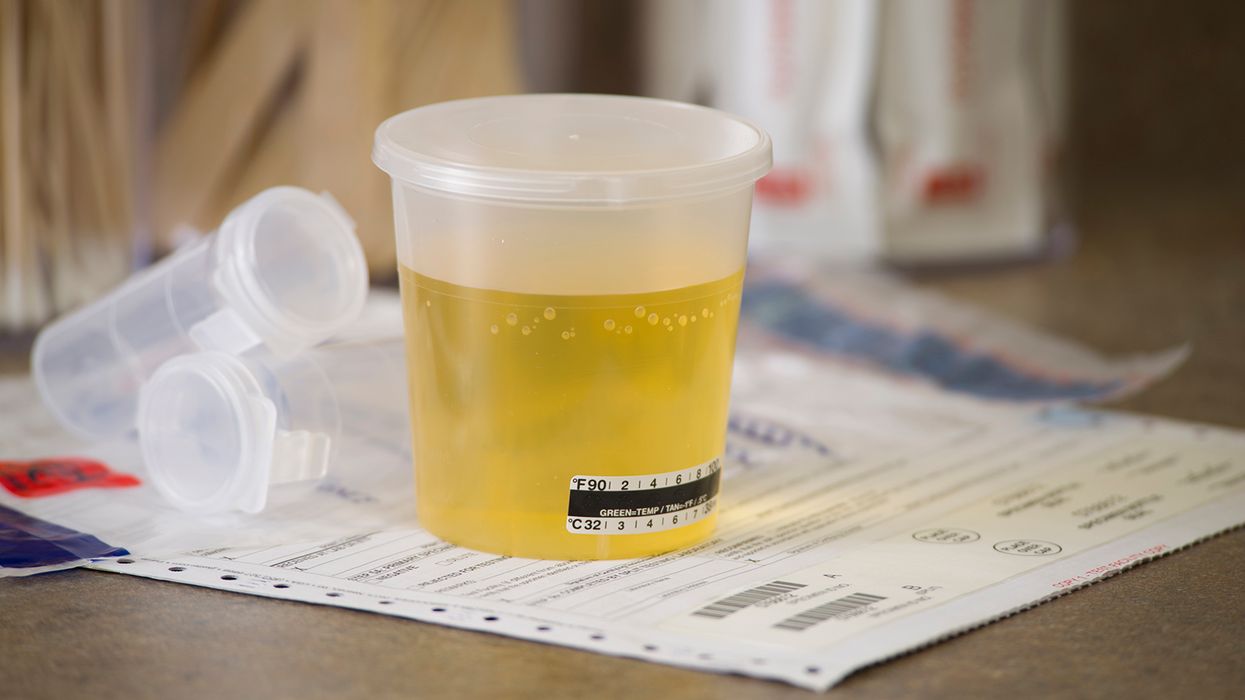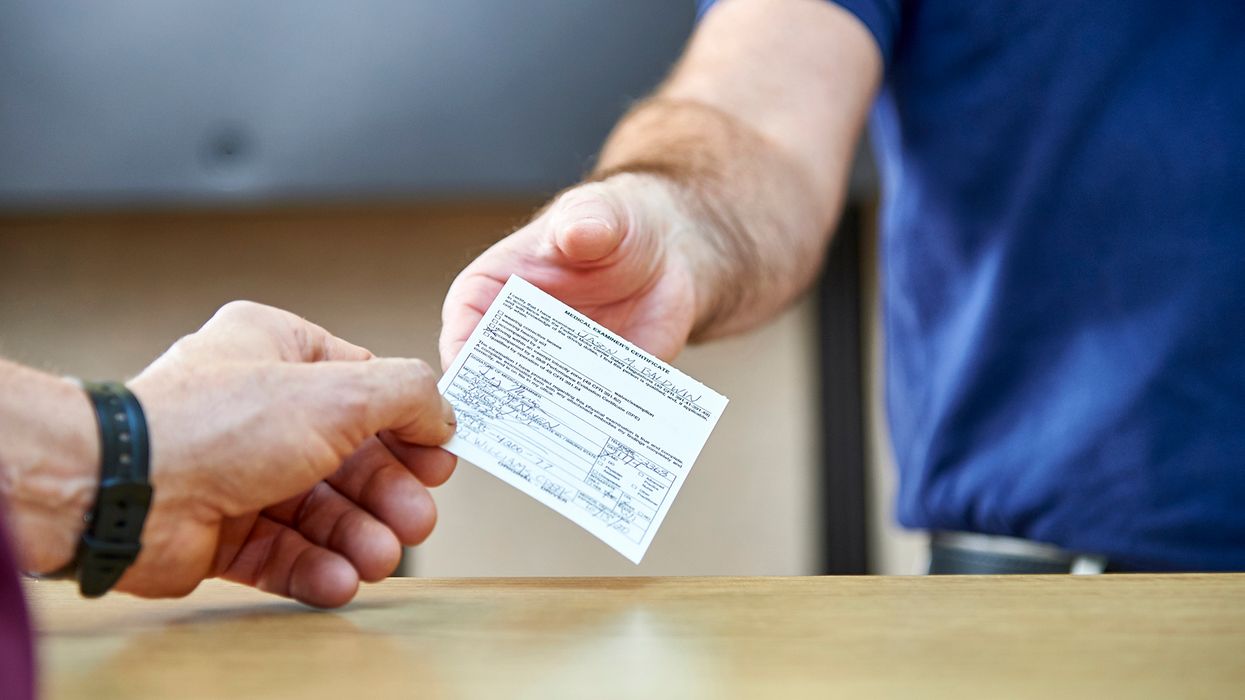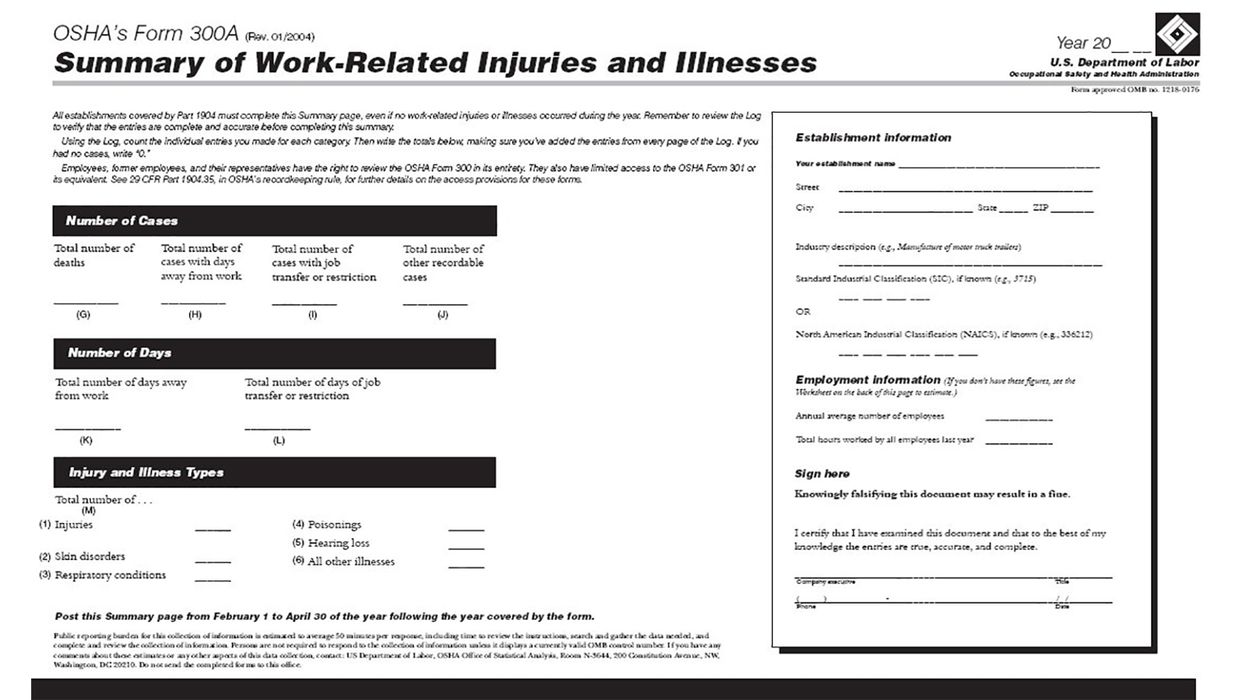IRS memo: OSHA COVID-19 guidance was not government ‘orders’
OSHA is one of many federal agencies that posted recommendations related to COVID-19 during the pandemic. Taxpayers have argued that OSHA communications “ordered” them to suspend operations. Therefore, they conclude that the IRS owed them the employee retention credit. This credit was offered under the CARES Act and the Internal Revenue Code.
Now, the IRS issued memo AM 2023-007. The memo, released on November 3rd, explains that OSHA communications are generally not considered “orders” that limited commerce, travel, or group meetings due to COVID-19. Instead, the IRS maintains that these communications were insufficient to meet the eligible employer requirements in the statutes.
The tax credit is over, but the memo may be helpful to employers should a new tax credit become law for an infectious disease.
What’s an eligible employer?
“Eligible employer” is defined in section 2301(c)(2) of the CARES Act and section 3134(c)(2) of the Internal Revenue Code. To meet the definition for suspended operations, an employer had to have orders from an appropriate governmental authority. These orders had to:
- Limit commerce, travel, or group meetings due to COVID-19, and
- Cause a full or partial suspension of the employer’s trade or business operations.
Orders versus OSHA communications
In 2020 and 2021, OSHA communicated with employers about COVID-19. Among these communications were:
- Interim Enforcement Response Plan for Coronavirus Disease 2019 (COVID-19), 4/13/2020.
- Updated Interim Enforcement Response Plan for Coronavirus Disease (COVID-19), 7/7/2021. See our article, “OSHA Revises NEP, Updates Interim Enforcement Response Plan for COVID-19,” 7/12/2021.
- Protecting Workers: Guidance on Mitigating and Preventing the Spread of COVID-19 in the Workplace, 1/29/2021, 6/10/2021, and 8/13/2021. See our article, “OSHA Updates COVID-19 Workplace Guidance,” 9/1/2021.
The OSHA communications explicitly did not mandate employers to take action, explains the IRS. This leaves it outside the ordinary meaning of the term “orders.” In addition, the guidance on the OSHA website states they do not impose new obligations on employers. The IRS memo goes on to reveal that the orders definition also does not include:
- Assumptions, vague statements, and news articles; nor
- Recommendations, guidelines, and suggestions.
In the IRS’s view, the OSHA communications that occurred during the tax-credit window were not “orders.” Employers cannot use them to claim the credit. This is the case even if employers took steps to follow the communications.
Limiting commerce, travel, or group meetings
When employers were eligible to claim the credit, OSHA also did not adopt and enforce widely applicable standards that limited commerce, travel, or group meetings due to COVID-19, says the IRS.
All the statutes and regulations referenced in the OSHA communications applied prior to the emergence of COVID-19. So, the IRS memo finds that an employer cannot simply reference pre-existing OSHA requirements to claim the credit.
Yet, the IRS clarifies that, had the pre-existing requirements been considered orders, the employer would need to demonstrate how they limited commerce, travel, or group meetings due to COVID-19. This would depend on the facts in each case.
Suspending business operations
The recommendations provided in OSHA guidance related to requiring mask wearing, providing sanitization supplies, encouraging social distancing, and so on. The memo states these are not orders. Even if assuming that the recommendations were orders, they were not likely to impact an employer’s ability to operate their trade or business, assured the IRS.
On the other hand, if an employer maintains that the changes had more than a nominal effect on its trade or business operations, the employer needed to substantiate the claim. Specifically, the employer would show that those changes resulted in a 10 percent or more decrease in its ability to provide goods or services.
Orders made by governmental authority
The memo offers a way an employer could have been eligible for the employee retention credit. That is if following OSHA guidance was mandatory due to orders from an appropriate governmental authority. IRS gives an “executive order from a Governor” as one example.
Key to remember
According to an IRS memo, OSHA communications are generally not considered “orders.” Instead, the memo maintains that these communications were insufficient for employers to claim the employee retention credit back in 2020 and 2021.

